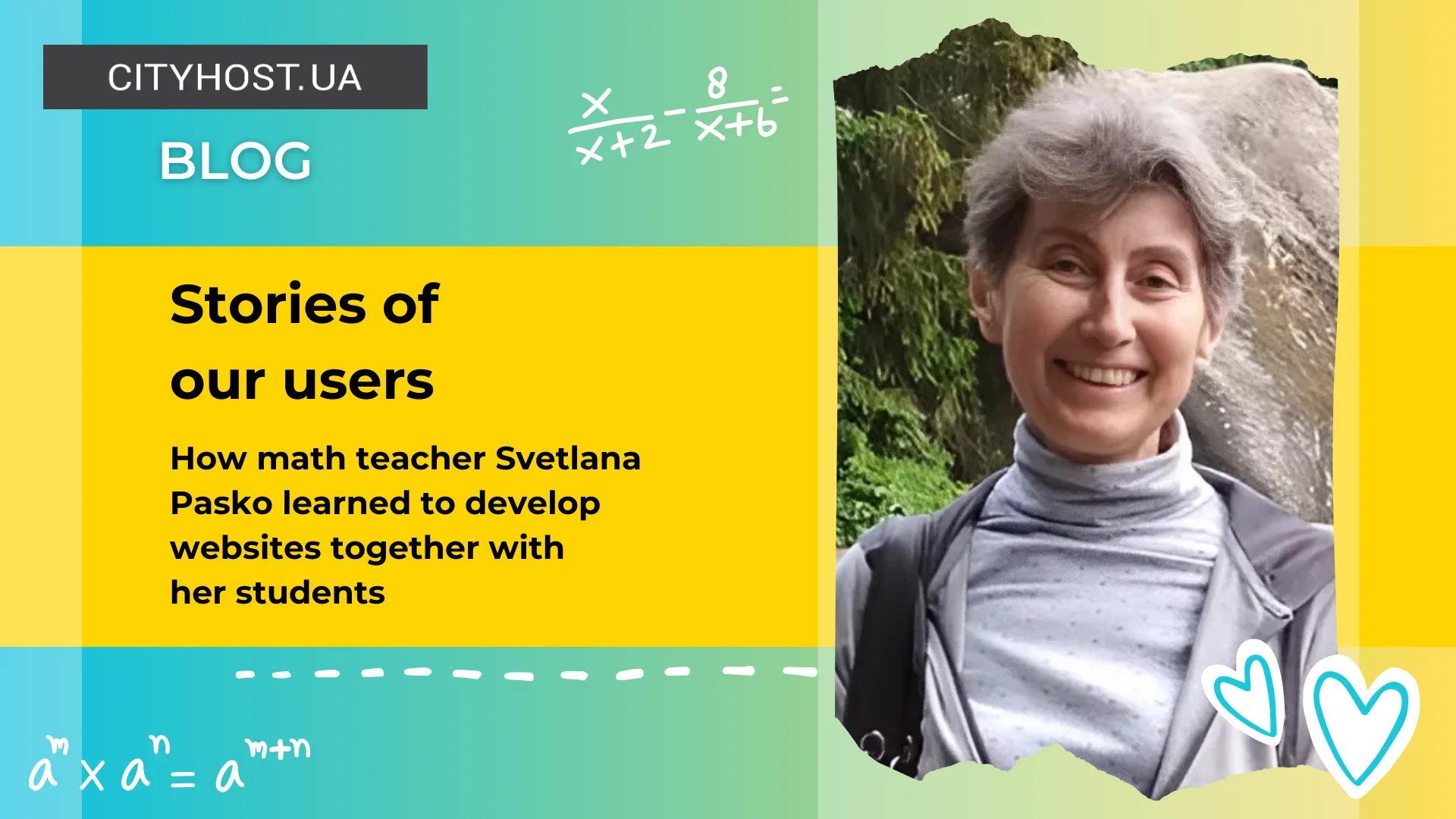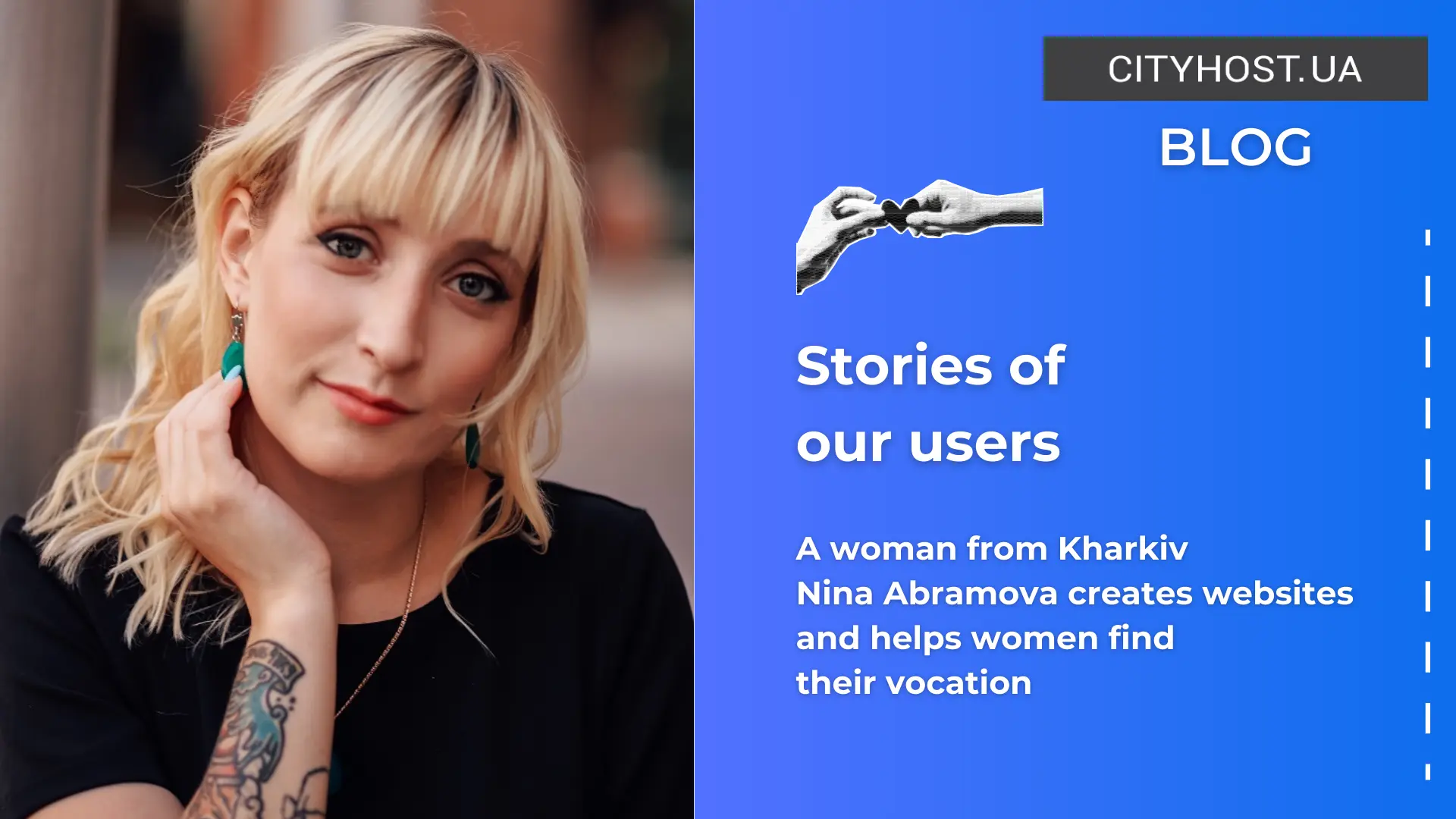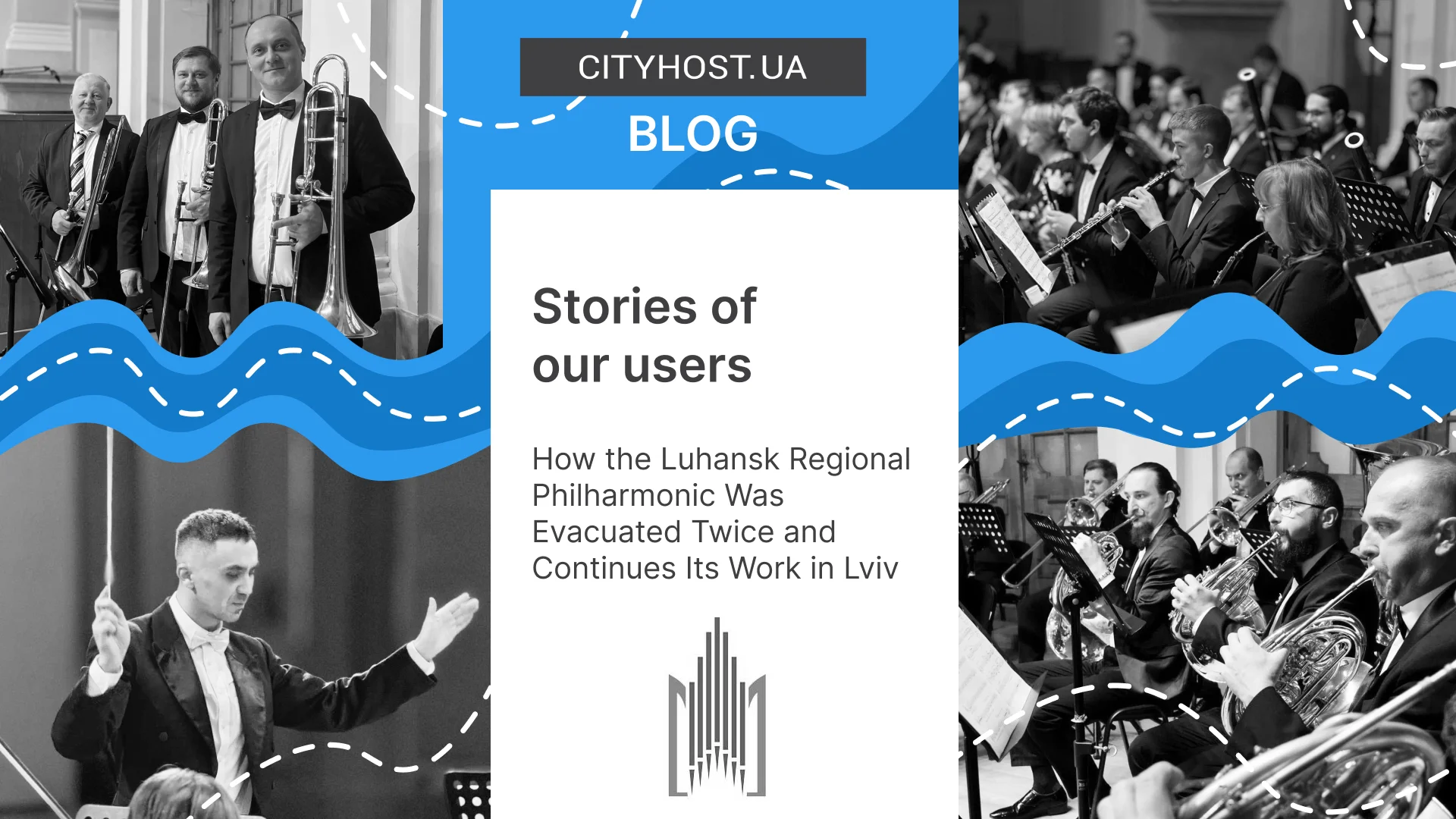
- How the Philharmonic Began
- The Occupation of Luhansk and a New Life in Severodonetsk
- Second Relocation in 2022 — Lviv
The Luhansk Regional Philharmonic has existed since 1943. At the beginning of its history, it operated without its own building — and now once again, it doesn't have one. However, it does have musicians, programs, concerts, and plans for the future. And its website is hosted on a domain and hosting from Cityhost.
The Luhansk Regional Philharmonic worked with entire generations, offering them concerts and educational lectures related to classical music. In independent Ukraine, the Philharmonic’s musicians toured abroad, from Italy to Norway, worked for both children and adults, and performed at international festivals. And to this day, the work continues just the same — no matter what happens, the musicians play and give people a bit of beauty even in the darkest days.

The Symphony Orchestra of the Luhansk Regional Philharmonic gives a concert in its home venue, photo taken before the 2014 occupation.
Today, Albina Sukonna — the website editor and a journalist by profession — will share the modern history of the Philharmonic with us.
Albina worked for many years in city council politics and political news. However, she longed for something that would inspire her. At one time, she graduated from music school in the piano class, so music was not foreign to her. Now Albina represents the Philharmonic online.
How the Philharmonic Began
The Luhansk Regional Philharmonic was founded in 1943. At first, it had no venue, but over time a symphony ensemble, a youth ensemble, a pop theater, and a bandurist ensemble were formed.
In the 1950s, the Philharmonic was actively engaged in outreach. These were concerts for clubs and dormitories, which also took place outside of Luhansk — to reach people wherever they lived.
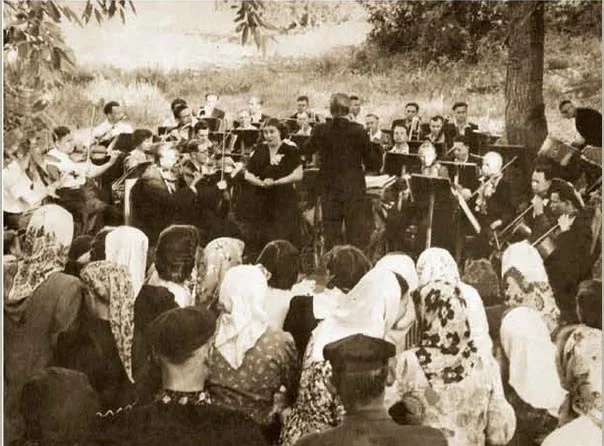
The symphony ensemble performs for collective farm workers.
In the 1980s, the Philharmonic introduced the people of Luhansk to works of world classical music.
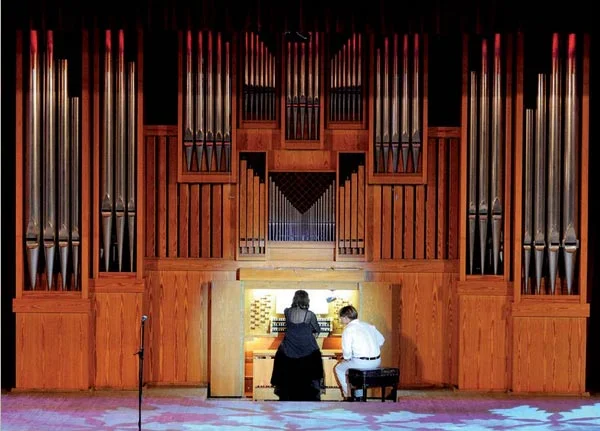
In 1985, a unique organ for Ukraine, created by the German company Alexander Schuke, was installed in the Philharmonic hall. It was constructed specifically for this hall and impressed with its quality — from its perfect stops and mechanics to its deep, rich sound that captivated visiting organists.
In independent Ukraine, both an adult and a children's Philharmonic operated, along with a symphony orchestra and pop music groups.
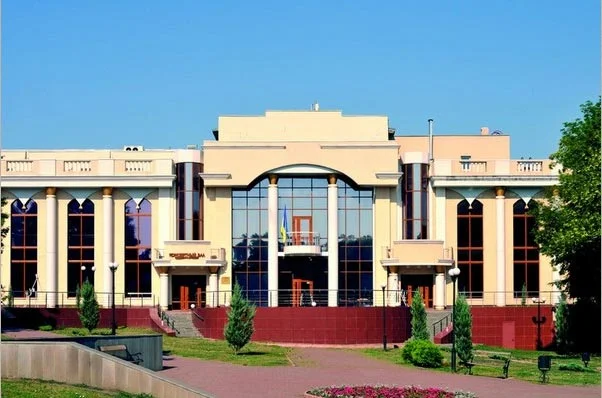
The building of the Luhansk Regional Philharmonic was renovated shortly before the occupation.
Before the russian occupation, the Luhansk Philharmonic led a vibrant life, hosted foreign performers, and embraced new directions under the leadership of honorary conductor and Austrian composer Kurt Schmid. However, later on, like most Ukrainians, the Philharmonic’s staff faced the question of how to preserve the things that mattered most — their work, growth, and values — when war keeps coming to your doorstep.
The Occupation of Luhansk and a New Life in Severodonetsk
In 2014, due to the occupation of the regional center, the Philharmonic was relocated to the city of Severodonetsk, where it began to resume its activities.
— After the occupation of Luhansk in 2014, about 40% of the Academic Symphony Orchestra staff moved to Severodonetsk, — says Albina Sukonna. — They were able to take non-bulky instruments — violins, wind instruments. But those like drums, cellos, and the organ — remained. The fate of the organ is unknown... We began our work in a new place. It was in Severodonetsk that a new website was created on the basis of cityhost.ua, which is still functioning.
The Philharmonic began efforts to revive the Academic Symphony Orchestra. The Severodonetsk Professional College of Culture and Arts named after Serhii Prokofiev was operating in the city, and the Philharmonic began rehearsals at its facilities. Soon the faculty also joined the orchestra, expanding its lineup.
It was in Severodonetsk that new ensembles of the Philharmonic were formed — the song and dance ensemble “Radany” and the pop group “BeZMeZh”. These two groups toured all over Ukraine. All creative groups actively participated in regional events and holidays, created their own solo programs, and constantly toured not only in Ukrainian cities but also performed on international stages, representing our country with dignity around the world.
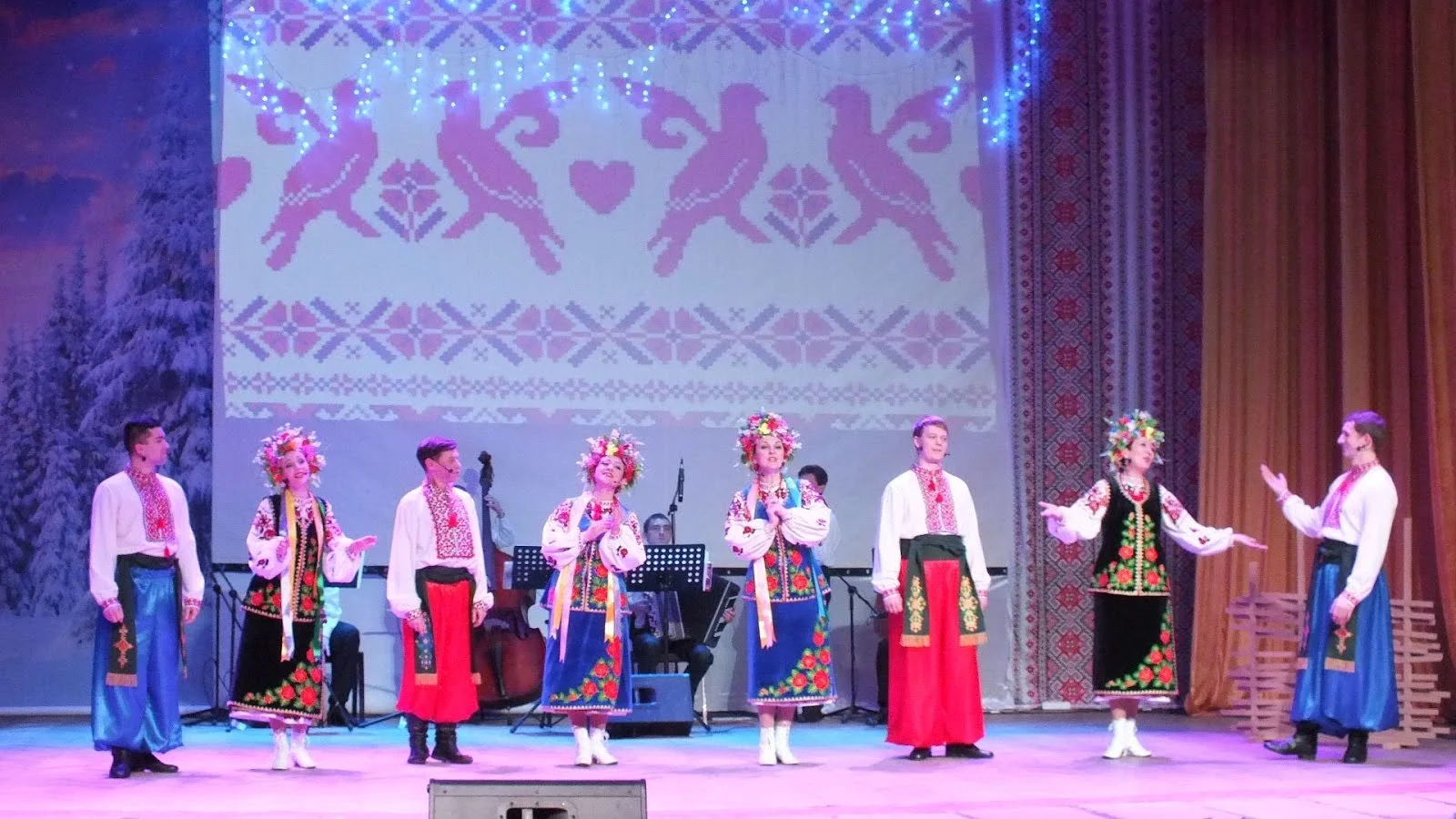
The song and dance ensemble “Radany”
Rehearsals took place at the music college. The administration had a rented office. By 2020, the Philharmonic ensemble was allocated a space where a rehearsal base for two groups was set up on the first floor, and the administration was located on the second floor. This was also a rented space but more convenient: if an issue needed to be resolved, a document signed, or a meeting held, the performers were close to the administration.
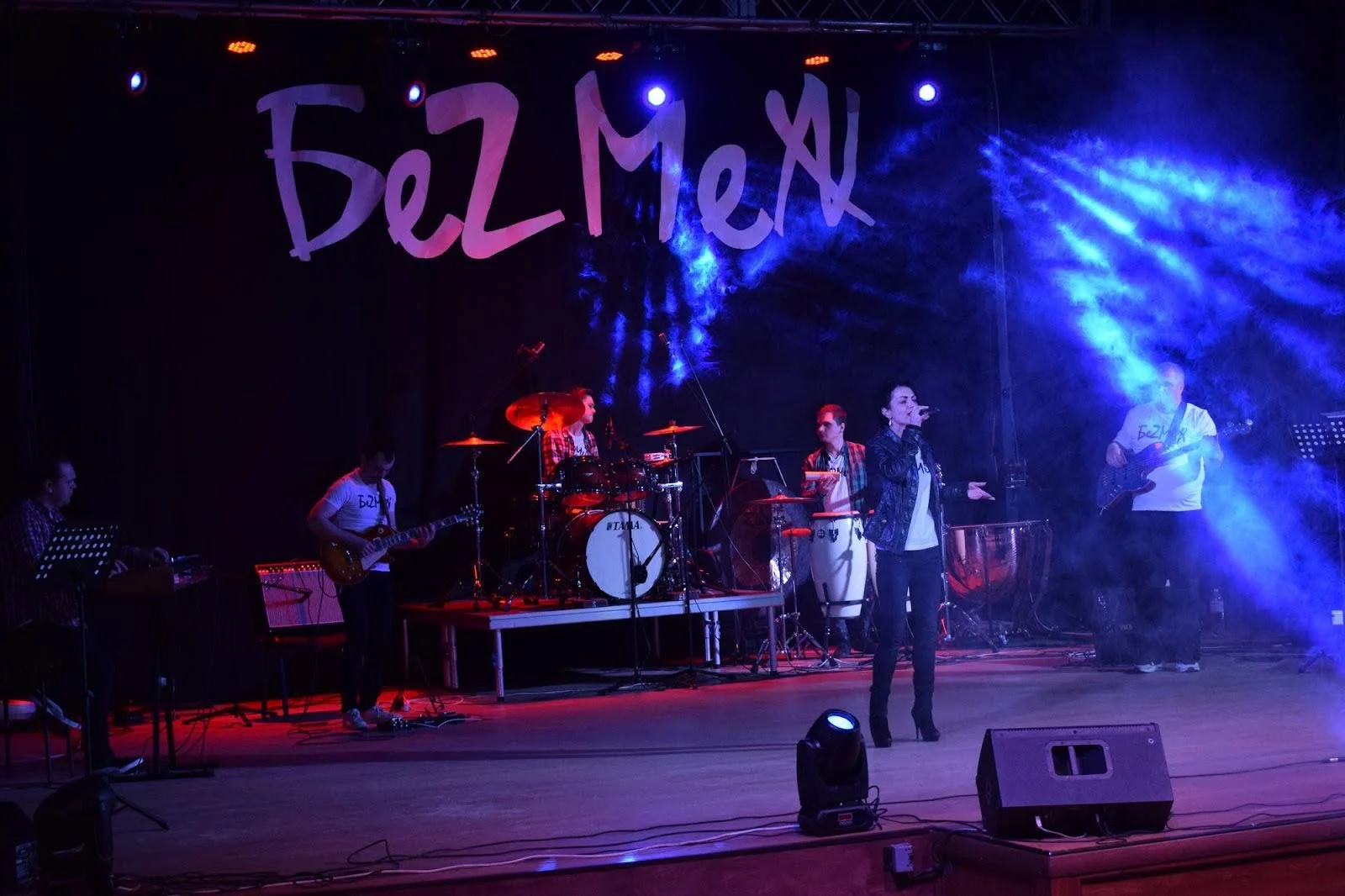
The pop group “BeZMeZh”
The orchestra, which consisted of more than 60 people, physically could not work in this space, so they continued rehearsing in the music college building. Joint rehearsals were held every day.
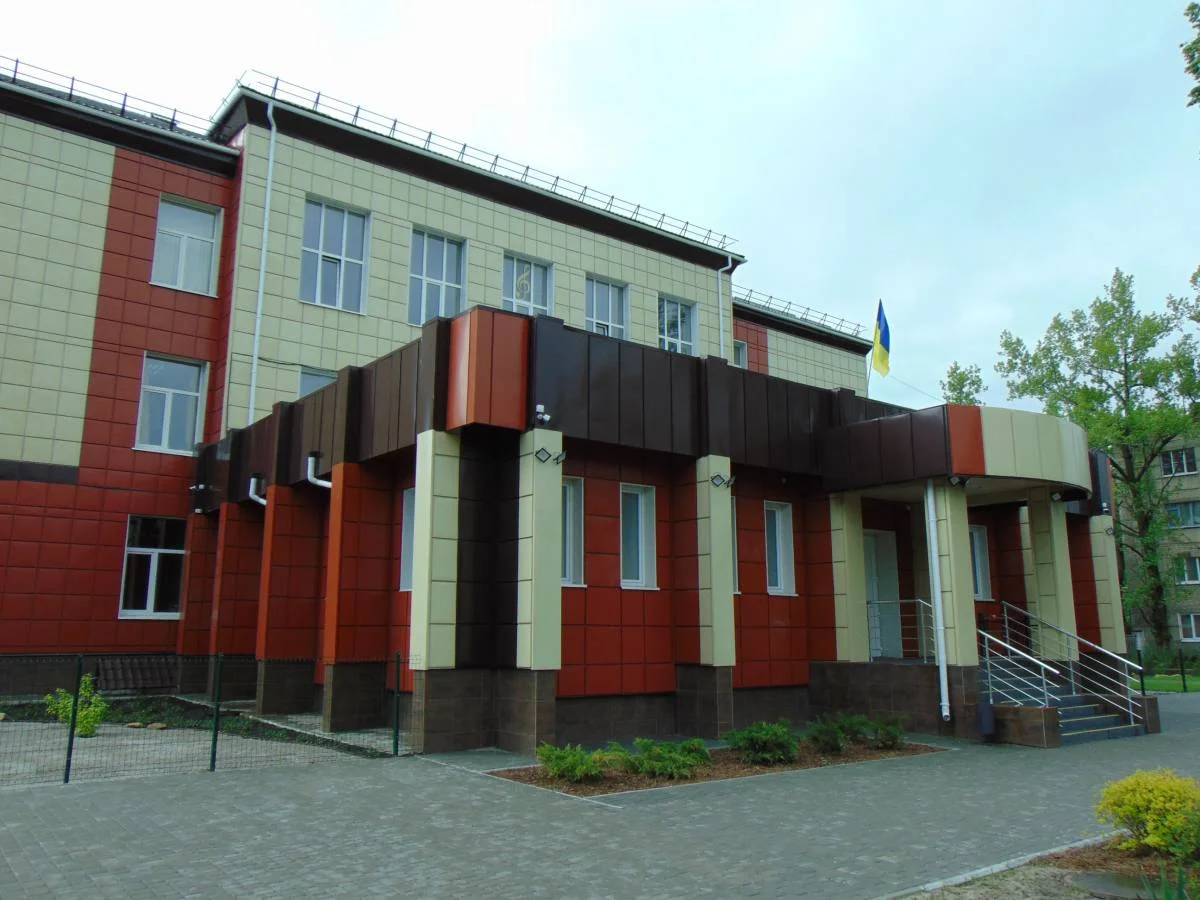
The building of the Severodonetsk Professional College of Culture and Arts named after Serhii Prokofiev.
— The Philharmonic focused on performing Ukrainian classical music, — Albina continues. — More than half of the concerts per year featured Ukrainian composers: both long-forgotten and contemporary ones. This direction started developing with us precisely at that time. Ukrainian classical music is not performed that often in philharmonics: it’s not widely known, and fewer people are familiar with it. We introduce people to this art — connoisseurs already know what to expect — and sometimes we have sold-out shows for Ukrainian programs.
Of course, the Philharmonic also performs classical works. Foreign conductors visited us and brought their own compositions — this kind of collaboration continues to this day. Since the director speaks several languages, we can communicate with foreigners with his help as an interpreter. Guests have come from Austria, Japan, Sweden, Spain, Brazil. About 10 out of 75 annual concerts in Severodonetsk featured foreign conductors, soloists, pianists, and violinists. For example, composer Kurt Schmid has been a frequent guest since the “Luhansk period” and continues to visit us to this day.
Honored and People’s Artists of Ukraine have performed with us. They visited us despite the proximity to the conflict zone. The Telnyuk sisters, Bohdan Pivnenko, Ivan Kucher came.
I wrote announcements, communicated with conductors and musicians, and after the concerts, I compiled reports with photos and videos and posted them on the website. So my work was very interesting.
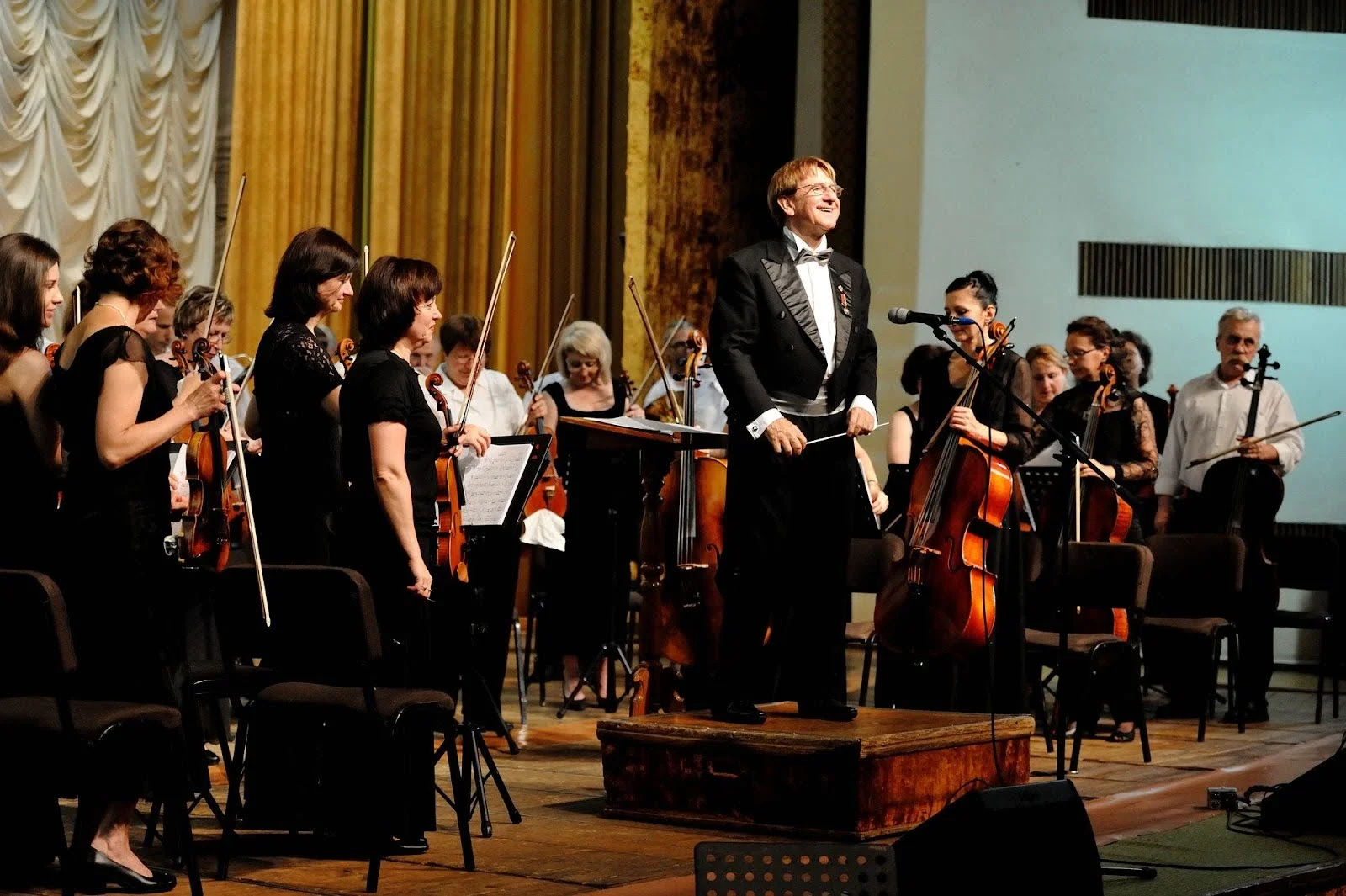
Kurt Schmid with the Luhansk Regional Philharmonic Orchestra in Severodonetsk.
We also held children’s concerts, where lighter music was accompanied by animated video sequences on a screen — “Madagascar”, “The Lion King”, and others. Children watched and listened to live music, becoming accustomed from an early age to orchestral, live performances. I can even speak from experience with my own children: we started attending children's concerts, and then went to classical concerts several times — the child would sit and listen.
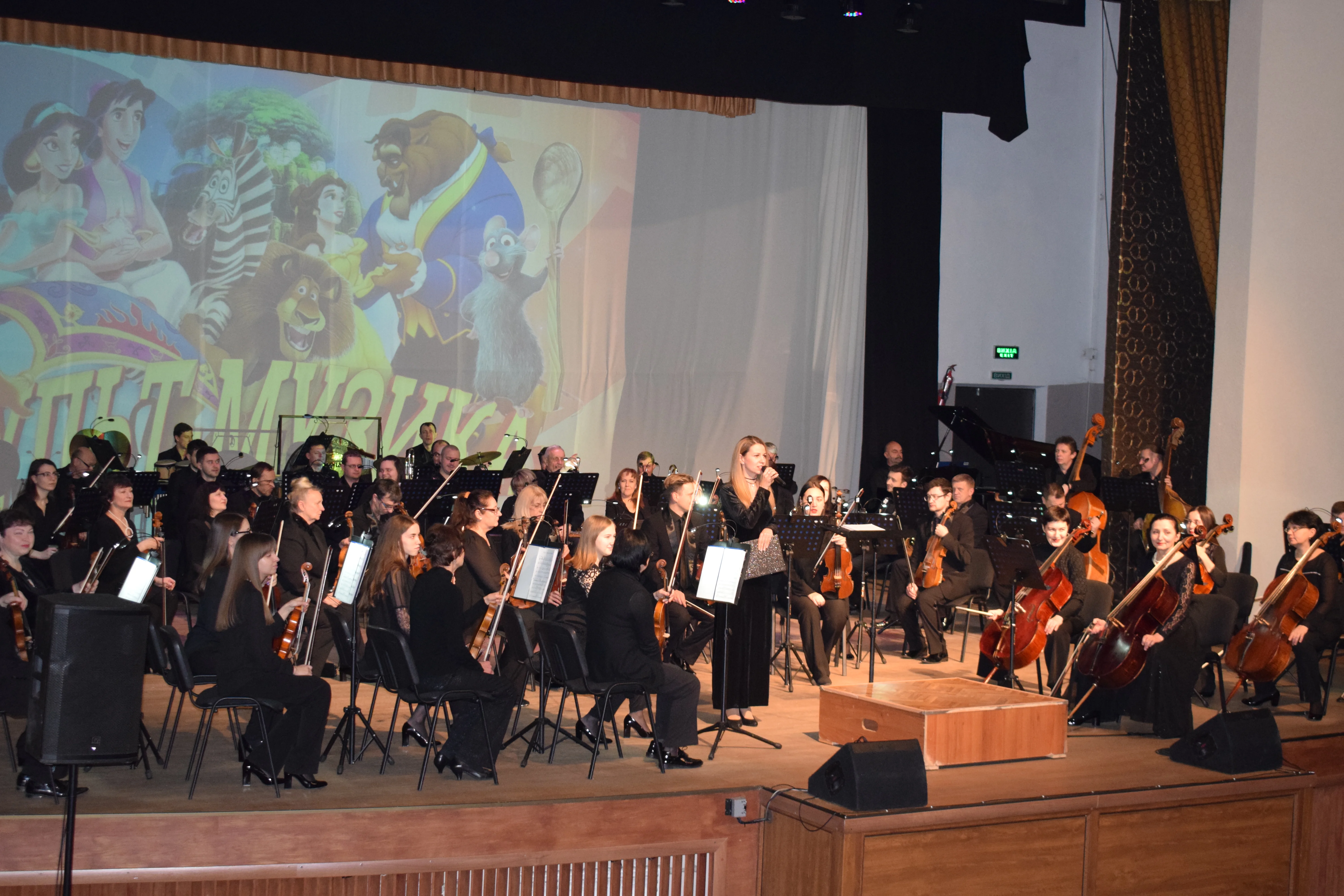
The last children’s concert in Severodonetsk took place just before the full-scale invasion, on February 13, 2022.
The “Radany” ensemble very often gave concerts for military units. This was one of the Philharmonic’s areas of activity. The line of contact was nearby, and you could hear that hostilities were ongoing.
…Everyone hoped it wouldn’t happen, but in 2022 the Philharmonic once again faced the need to evacuate.
Second Relocation in 2022 — Lviv
After russian troops began military operations in Severodonetsk, it became necessary to flee again and save what was most precious. Despite constant shelling, the performers managed to evacuate part of the musical instruments.
Severodonetsk is the only regional center in Ukraine without a railway station. The nearest rail line was in Lysychansk, but at that time, evacuation trains were not running — they were launched in mid-March. On February 24, there was no evacuation by bus or train.
— Even while working in Severodonetsk, we invited conductors not only from abroad but also from other philharmonics in Ukraine. We developed friendly relations with the Chernivtsi Philharmonic, with Kolomyia, Zaporizhzhia, and Lviv. When the full-scale invasion began, they were already waiting for us. The director of the Lviv Organ Hall, Ivan Ostapovych, invited us to come right away to start working on site and offered the stage for holding concerts.
Many traveled without personal belongings, only with their musical instruments — because if you have your instrument, you have your work. Some went back to retrieve their instruments while it was still possible to enter the city. Some instruments were evacuated before the occupiers arrived, while fighting for Severodonetsk was already ongoing. People cooperated however they could, leaving on February 25–26 and in the first days of March. But everyone knew they were heading to Lviv.
From this video report, you can learn more about the evacuation of musicians from Luhansk region and their life in Lviv.
When Philharmonic workers had just arrived in the City of Lions, they all engaged in volunteer activities: helping unload humanitarian aid, meeting displaced persons at the train station — people just like them. It was a way to keep busy and distract from sad thoughts: having just settled down in Severodonetsk, people once again found themselves with nothing. During those days, Philharmonic employees sorted and unloaded over 200 tons of humanitarian aid.
In April 2022, less than a month after the relocation, the first concert was held in Lviv, and the work hasn’t stopped since.
The musicians continue to perform for audiences and for everyone affected by the war. Philharmonic staff consistently participate in organizing and holding charity concerts aimed at supporting the Armed Forces of Ukraine and those who have suffered from russian aggression. During their volunteer work, the Luhansk Regional Philharmonic took part in fundraising events and organized concerts to raise money for the needs of the Ukrainian military. From 2022 to 2024, these charity concerts were held not only across Ukraine but also abroad. Their goal has been not only to raise funds for IDPs and military chaplains, but also to demonstrate a commitment to peace and a willingness to help those in need.
— Since we are the Luhansk Regional Philharmonic, we cooperate with humanitarian hubs and the Luhansk Regional State Administration, and it’s important for us to engage people from our region, — says Albina Sukonna. — Those who relocated to Lviv region from Luhansk attend our concerts for free. This gives them a feeling of home. After all, among our audience are people who, like us, had to relocate twice. We lead by example — showing that despite the hardships we’ve faced, we must keep moving forward and keep living. Our circumstances are such that we must remain unbreakable.
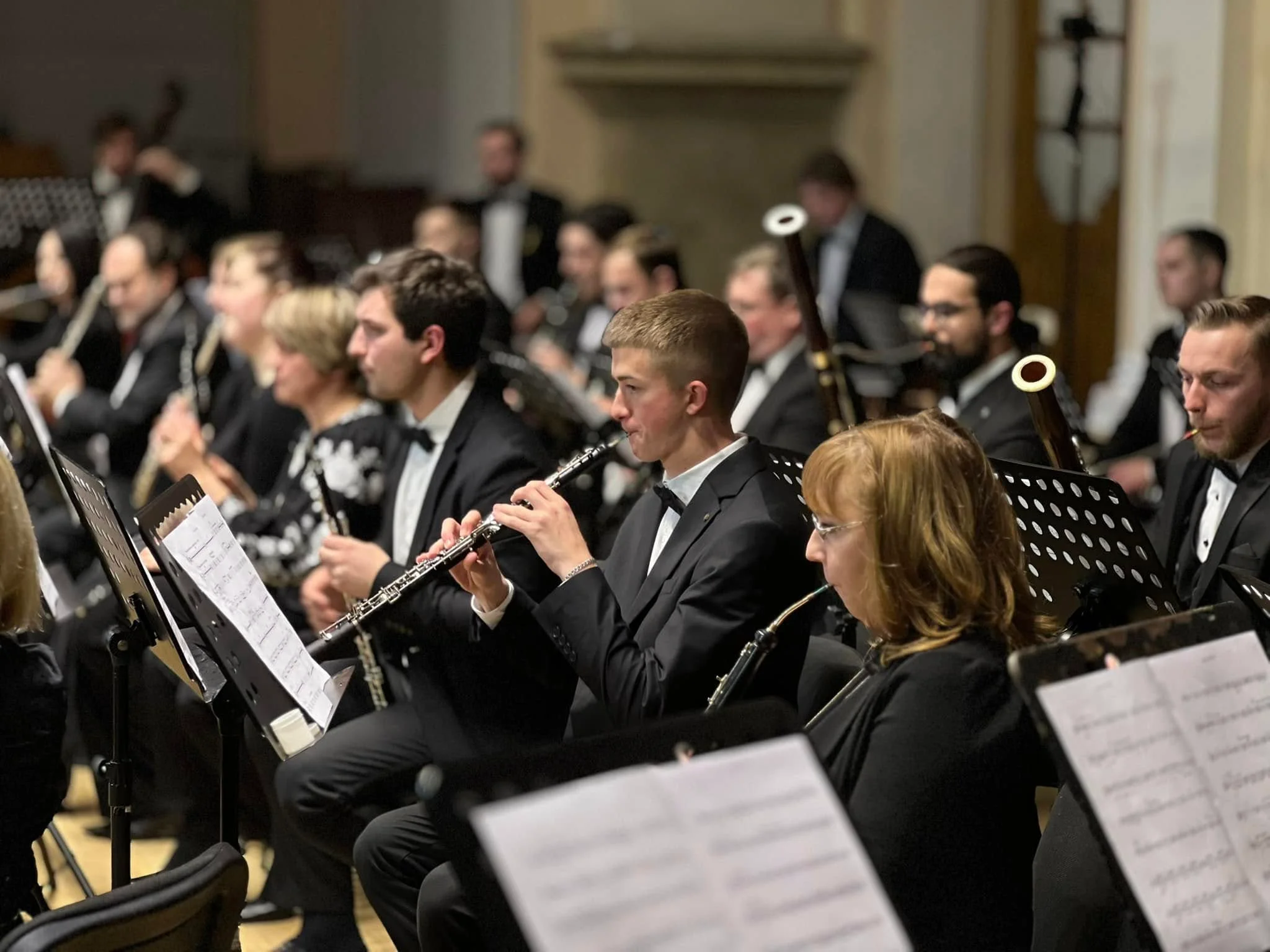
On January 26, 2025, the Luhansk Regional Philharmonic introduced listeners to the works of Leo Ornstein — an outstanding American composer of Ukrainian origin.
The Luhansk Philharmonic continues to actively perform. They organize concerts suitable for family audiences — featuring accessible works such as waltzes, polkas, marches, and the musical fairy tale Peer Gynt by Henrik Ibsen. These performances are well attended, and loyal audiences eagerly anticipate them.
The musicians also introduce the public to works by contemporary composers like Zoltán Almási and Oleh Bezborodko. Their symphonies reflect the present day and resonate with current experiences.
— It’s important to note that each concert program is completely new. Unlike in theaters, where one performance can run for several months, philharmonics don’t work that way, — Albina explains. — Some concerts become audience favorites, and tickets sell out right after the announcement. In such cases, we repeat the program. But even then, we always try to add something fresh and engaging to each performance. For example, we have a program called Brilliant Classics, which is very popular and performed several times a year. Our regular audience knows this concert well, with its world-famous waltzes and marches. But each time we add one or two new pieces to keep it exciting.
To attract new visitors, the Philharmonic uses its website, but Facebook and Instagram are especially effective.
We post rehearsal videos on Instagram to spark curiosity about the music, and we constantly share what we’re working on. Our tickets aren’t very expensive, so our posts often bring in new visitors. We also offer a loyalty system — for example, a monthly subscription pass, which makes visits more affordable.
After three years in Lviv, the Philharmonic has built a loyal audience.
They know us, they follow us. The most rewarding moments are when people leave heartfelt messages in our guestbook. They write that they came to a concert and left feeling inspired. That gives us strength. It means our work is not in vain. The russians occupied two cities that were deeply part of our lives — but still, they could not destroy us.









